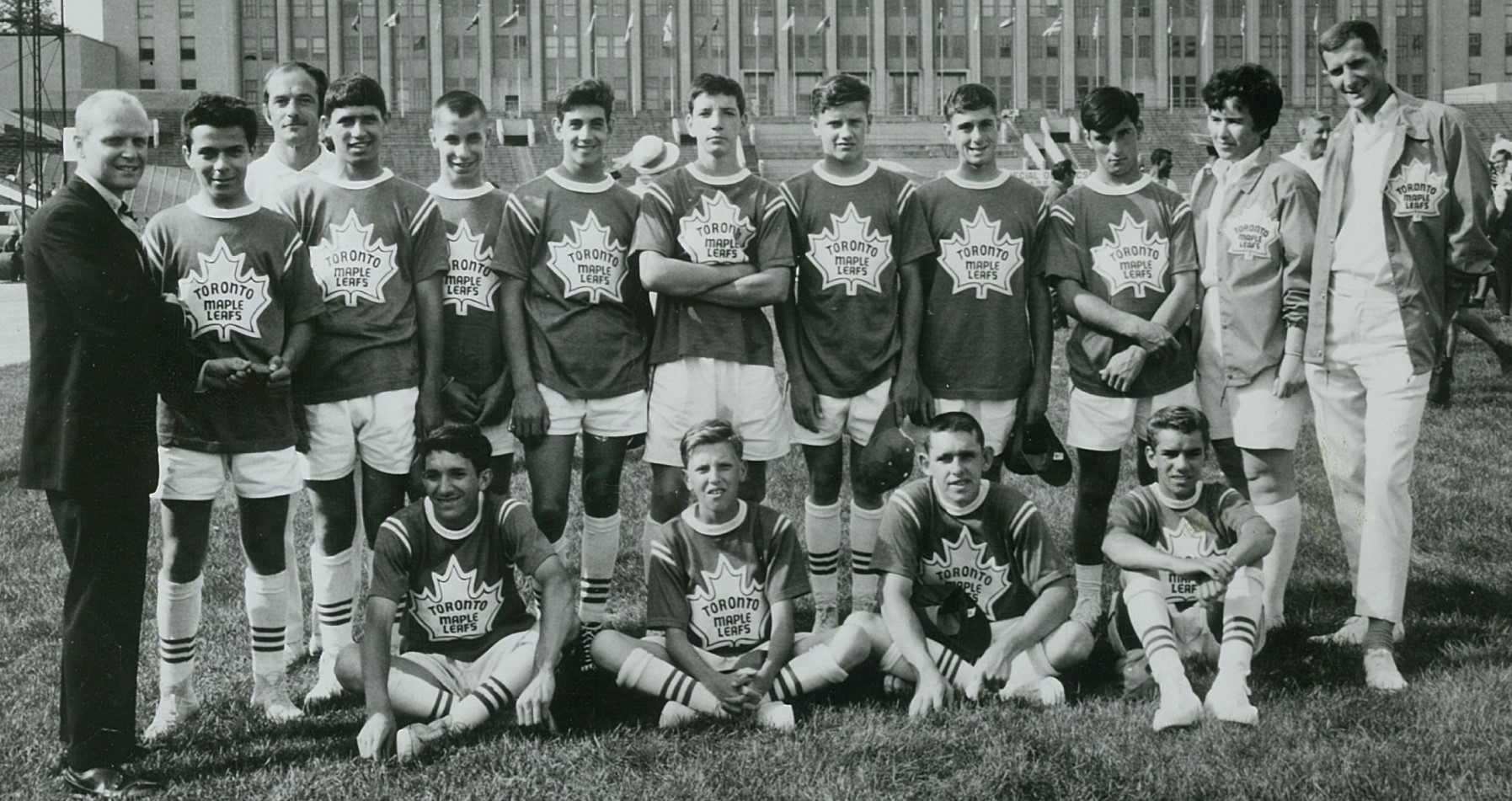It was the late Harold Smith, a Toronto-based special needs teacher, who brought floor hockey – the most popular winter sport in Canada – to Special Olympics.
In the early 1960s, he was looking for a way to channel his students’ energy at the Beverley School, made up of 375 local children with intellectual disabilities. A hockey player himself, Smith decided to introduce floor hockey – the best fit for the school’s basement gym with eight-foot high ceilings, and six pillars throughout the room.
Smith and the physical education teacher Doreen Crystal started out with 40 students who were already athletic. They drilled them on the rules and worked on the concept of winning and losing. Soon enough, the Friday afternoon games grew to a league with more than 100 students who would shake hands at the end of every game.
According to Dr. Frank Hayden – whose research on the impacts of sport and fitness on individuals with an intellectual disability helped found Special Olympics in 1968 – Harold and Doreen introduced him “to the world of mental handicap.”
Hayden was impressed by the floor hockey team when he arrived at the Beverley School. He’d never worked with this population and it was originally believed they could only pick up individual sports – not team.
“It showed me what they could do if they stayed with it,” Hayden said of the league’s success. “If you can do that with floor hockey, you can do it with anything.”
When Hayden moved to the U.S. to help organize the first Special Olympics Games on Chicago’s Soldier Field in 1968, he kept Smith’s floor hockey league top of mind.
He recruited Smith, Crystal and the Beverley School team to compete – they were the only Canadians, amongst 1,000 U.S. competitors.
“Floor hockey, out of any activity, has played a big a role in showing what our athletes can do,” said Hayden, adding that other team sports soon followed. “Harold was the guy that brought floor hockey to the Beverley School, so Harold was really the guy that brought floor hockey to Special Olympics. It was the first team game that was played.”
“It’s a legacy for him.”
Once the movement was founded in the U.S., Hayden had Smith and Crystal lead floor hockey clinics to introduce the sport. Smith always had a great relationship with athletes.
“It wasn’t just a recreational program … he taught skills and they were coached like a team should be coached,” said Hayden. “He accepted them all as students – not as mentally handicapped students.”
Smith continued his involvement as the movement was founded in Canada, coaching until his death in 2013. At his funeral service he asked for donations to Special Olympics Ontario instead of flowers.
“He was a total volunteer all his life,” said former Special Olympics Canada CEO Jim Jordan.
Smith never sought any recognition for his role in those early days.
“He was running what was, in effect a Special Olympics program … before Special Olympics was invented,” Jordan said of the 1960s floor hockey league. “Certainly in his field, he was ahead of his time.”
But Smith never planned for his Friday afternoon floor hockey league to become a worldwide movement – he was in it for the benefit of his own students and community.
“He really genuinely cared for this population,” said Jordan. “Otherwise he wouldn’t have stayed with that job for so long and become involved as a volunteer.”
Help Special Olympics continue its impact for 50 more years by making a donation today.
RELATED STORIES:

